The Serengeti, a name that instantly conjures visions of endless plains, golden grasses, and thundering herds, is more than a safari—it’s a journey into the very heart of the natural world. Located in northern Tanzania, this vast ecosystem is both a stage for one of the greatest wildlife spectacles on Earth and a sanctuary where life follows rhythms as old as time. Travelers who come here are often left transformed, humbled by the sheer scale of wilderness and the raw beauty of its creatures. Few destinations on Earth manage to combine awe, tranquility, and sheer drama quite like the Serengeti.
History & Heritage
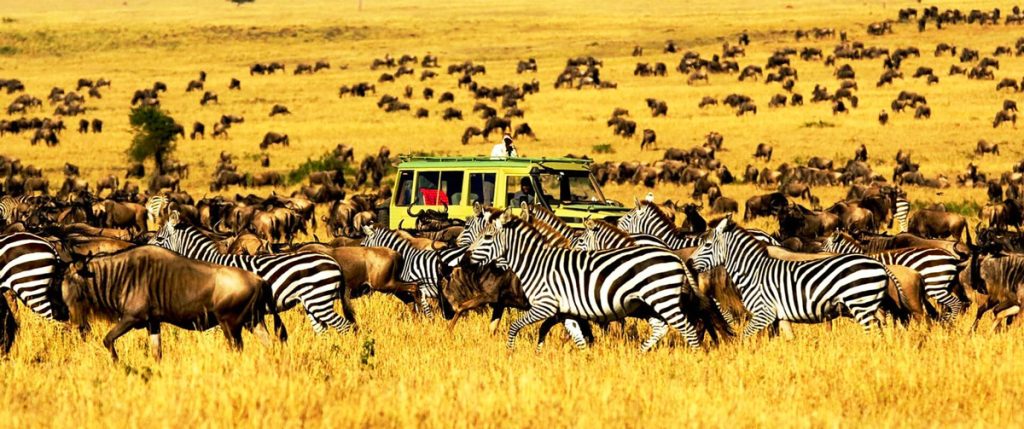
The Serengeti is not only a natural wonder but also a place with deep cultural and ecological significance. The name itself comes from the Maasai word Siringet, meaning “the place where the land runs on forever.” For centuries, the Maasai people have lived in harmony with the land, their traditions and herding culture deeply tied to this environment. In the 1950s, the Serengeti was declared a national park to protect its unique biodiversity and the famous migration. Today, it’s a UNESCO World Heritage Site and one of the best-preserved ecosystems on Earth, carrying stories not just of wildlife but of humanity’s deep connection to the land.
Landmarks & Natural Wonders
Stepping into the Serengeti feels like entering an open-air cathedral of nature. Every horizon offers something breathtaking, from the shimmering grasslands to the rivers that pulse with hidden drama. Here, the cycle of life unfolds before your eyes in ways that are both exhilarating and humbling, reminding you that nature is both fragile and fierce.

- The Great Migration: Witness nearly two million wildebeest, zebras, and gazelles moving in a cycle of survival across plains and rivers. This spectacle covers hundreds of miles and is considered one of the “Seven New Wonders of the World.”
- Grumeti River: A dramatic setting during migration, where crocodiles lie in wait. It is one of the most perilous stages of the migration, making it unforgettable for safari-goers.
- Seronera Valley: Known as the “heart of the Serengeti,” teeming with predators like lions, leopards, and cheetahs. Its year-round water sources ensure constant wildlife viewing opportunities.
- Ngorongoro Crater: Often paired with Serengeti visits, this caldera shelters dense wildlife in an otherworldly landscape. With nearly 25,000 large animals inside, it’s often described as Africa in miniature—and it too is a UNESCO World Heritage Site.
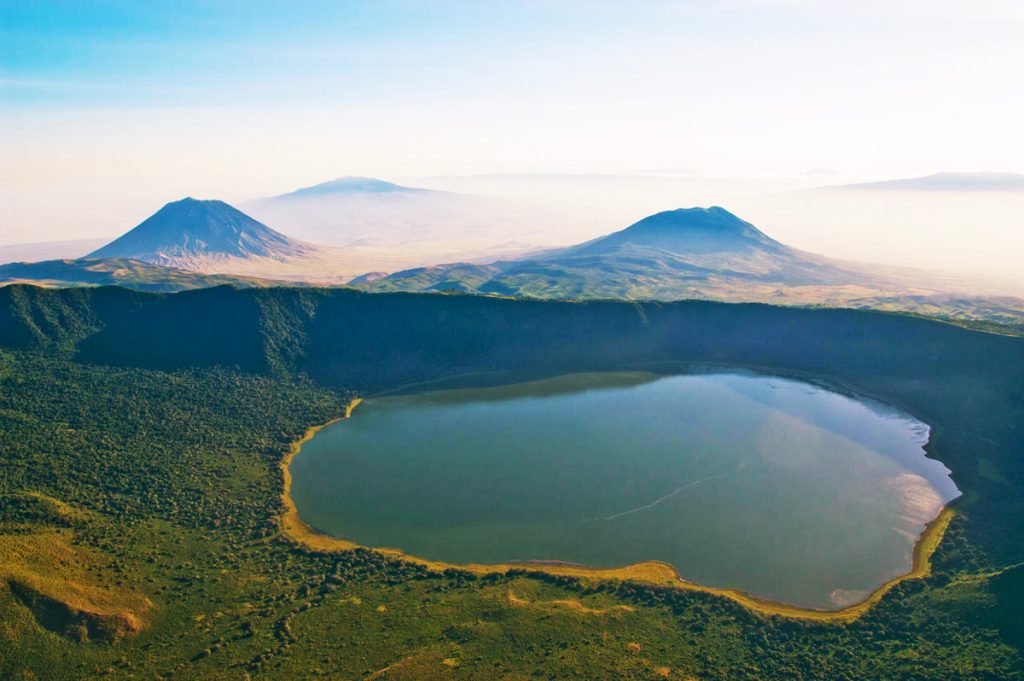
Museums & Cultural Stops
While the Serengeti itself is the attraction, cultural encounters add richness to the journey. History and tradition here extend beyond the plains, inviting you to understand humanity’s roots as much as the wild. The blend of archaeology and living culture provides a powerful backdrop to your safari.
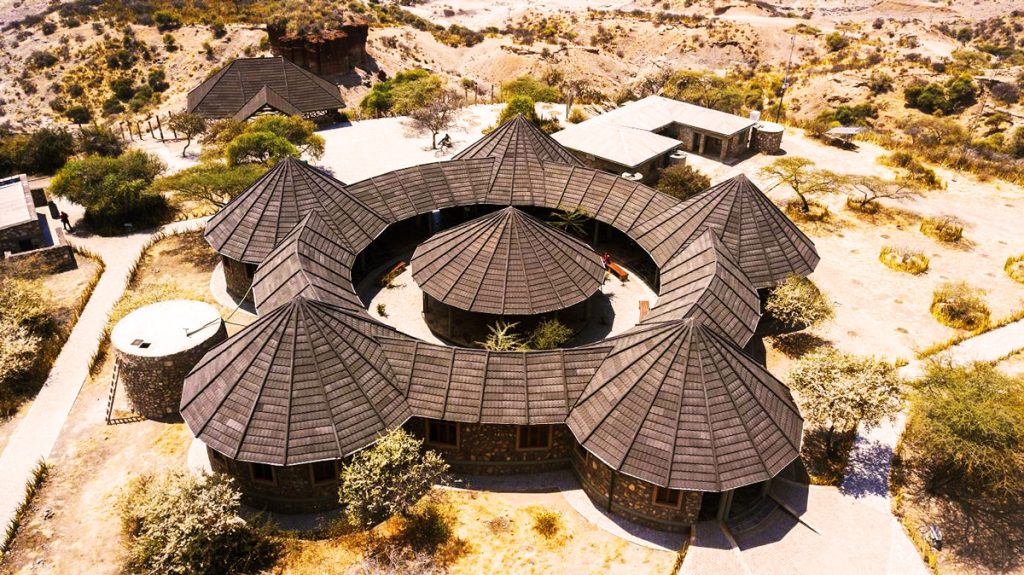
- Olduvai Gorge Museum: Near the park, this archaeological site offers a glimpse into early human history, where fossils millions of years old were discovered. Exhibits showcase tools and remains of early hominids that shaped our understanding of evolution.
- Maasai Villages: Visitors can engage with Maasai communities, learning about their traditions, dances, and crafts. These visits highlight a lifestyle that remains largely unchanged despite the pressures of modernity.
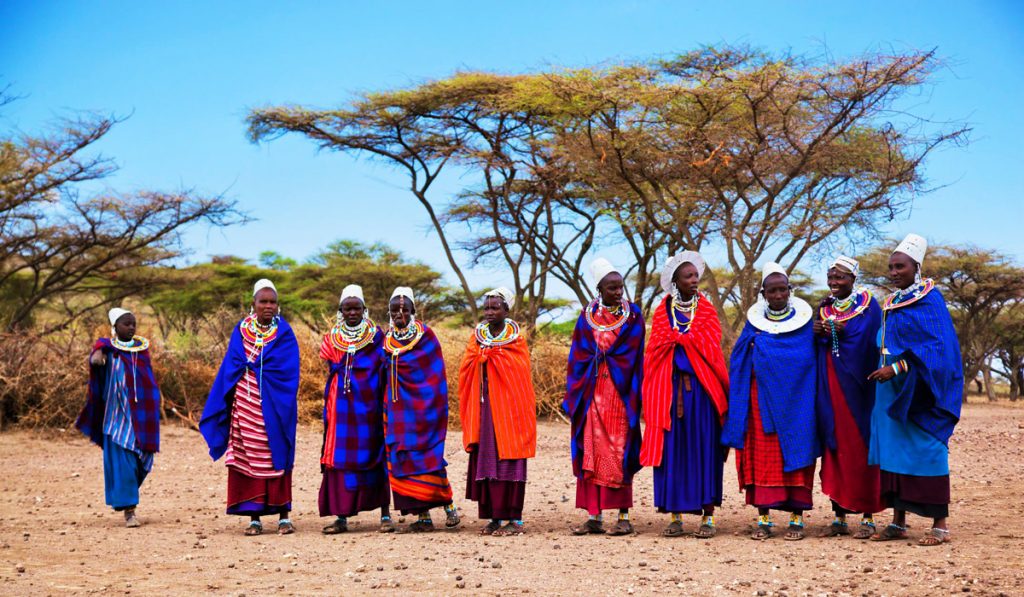
Hidden Gems
Beyond the iconic migration, the Serengeti hides quieter corners that feel untouched and reveal its more intimate side. These are the places where you escape the crowds and feel the heartbeat of the land in its rawest form. Each hidden gem feels like a secret chapter in a story too grand to ever fully finish.
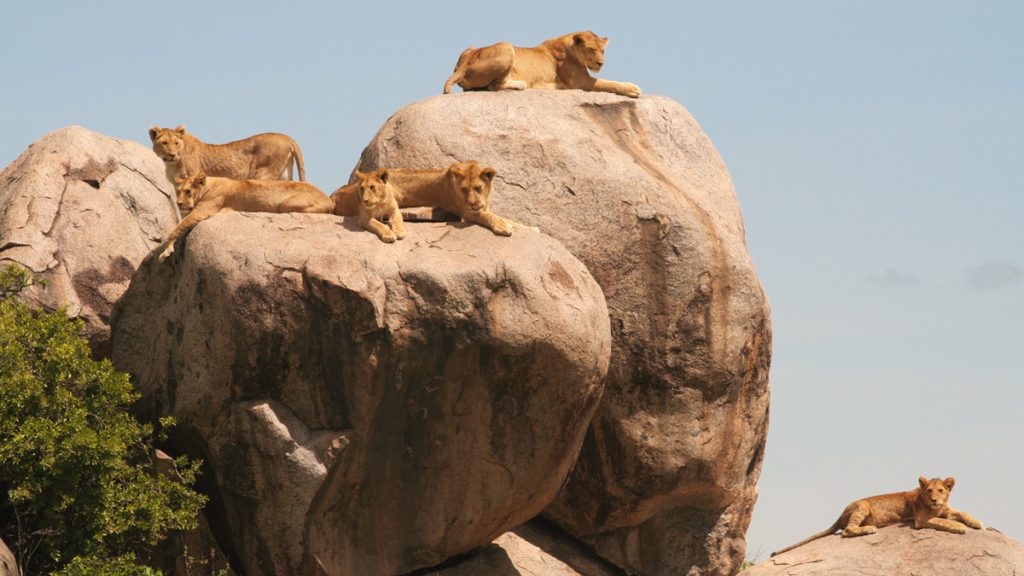
- Moru Kopjes: Ancient granite outcrops that offer shade, panoramic views, and the chance to see black rhinos. They also contain ancient Maasai rock paintings, giving the site a cultural as well as natural allure.
- Ndutu Region: A calving ground during certain months, filled with newborns and predators. January through March is especially dramatic, with thousands of births and predators close behind.
- Remote Northern Serengeti: Far fewer crowds, but home to the thrilling Mara River crossings. This region is also one of the best places to see elephants and elusive leopards.
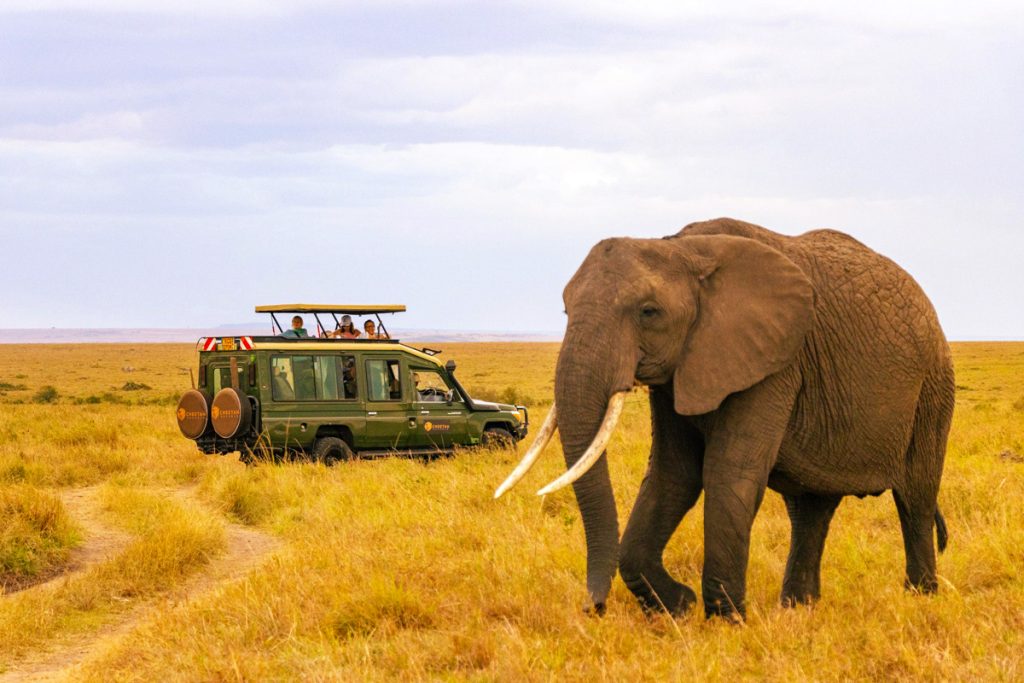
Nature & Outdoors
The Serengeti is one of the greatest outdoor classrooms for the rhythm of life, where every sunrise brings a new scene and every night is punctuated by distant roars. Here, you don’t just observe—you participate in the endless dance of predator and prey, of silence and sound. It is a place to breathe deeply, slow down, and let the natural world guide your pace.

- Hot Air Balloon Safari: Drift silently over the savannah at sunrise, watching elephants and herds from above. Landings are often followed by a champagne breakfast right on the plains.
- Walking Safaris: Guided treks let you discover smaller details—plants, insects, and animal tracks—that vehicles pass by. They also provide a thrilling sense of vulnerability and connection with the environment.
- Birdwatching: With over 500 species, from lilac-breasted rollers to ostriches, the skies are as alive as the plains. Migratory birds add seasonal variety, making the Serengeti a birder’s paradise year-round.

Food & Dining
Meals here are often as memorable as the landscapes, with flavors rooted in Tanzania and international fusion. Dining is not simply about food—it’s about the setting, the stories, and the atmosphere of being far from the ordinary. Imagine the crackle of a fire under the stars while the vast Serengeti night hums around you.
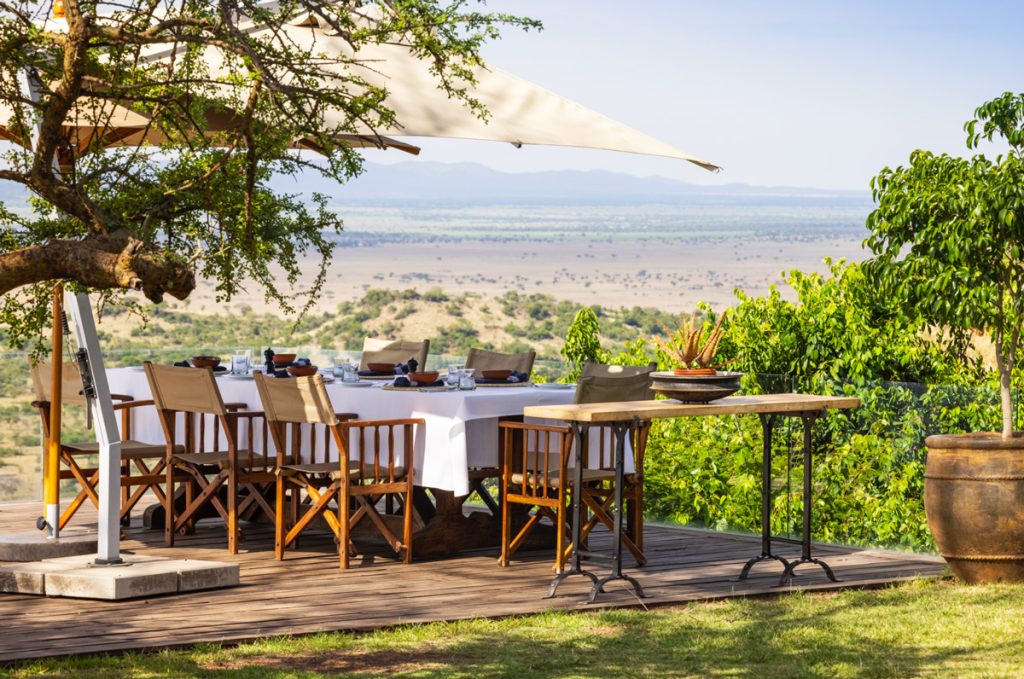
- Singita Sasakwa Lodge Dining: Farm-to-table cuisine paired with panoramic views. Menus highlight local produce, paired with fine wines and impeccable service.
- Bush Breakfasts: Enjoy a morning meal set in the middle of the savannah, with giraffes grazing in the distance. The experience is designed to make you feel like part of the landscape itself.
- Mobile Tented Camps: Seasonal camps often serve freshly prepared, hearty meals under the stars. Dining by lantern light adds a sense of old-world safari charm.
- Serengeti Serena Safari Lodge: Traditional Tanzanian dishes blended with global influences. Buffets and themed dinners make it accessible to a wide range of tastes.
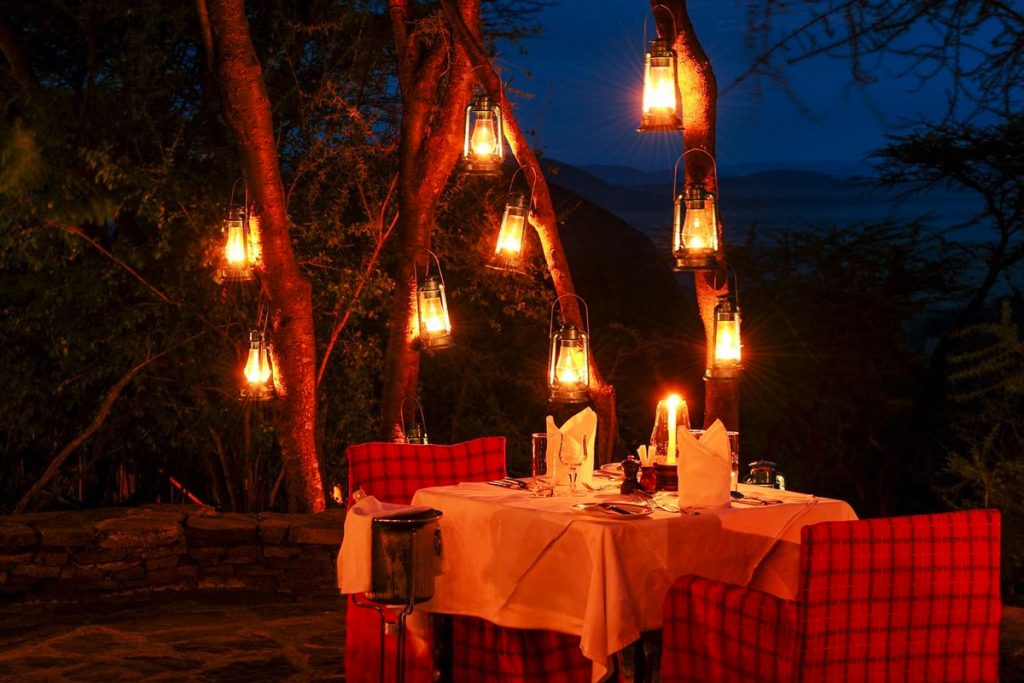
Where to Stay
From luxury lodges to rustic camps, accommodation in the Serengeti connects you with the land in unforgettable ways. Each stay is designed not just for comfort but for immersion, where the walls between you and the wild feel thin, and the night calls of lions replace city noise. Staying here isn’t just about sleeping—it’s about experiencing the Serengeti in every waking moment.
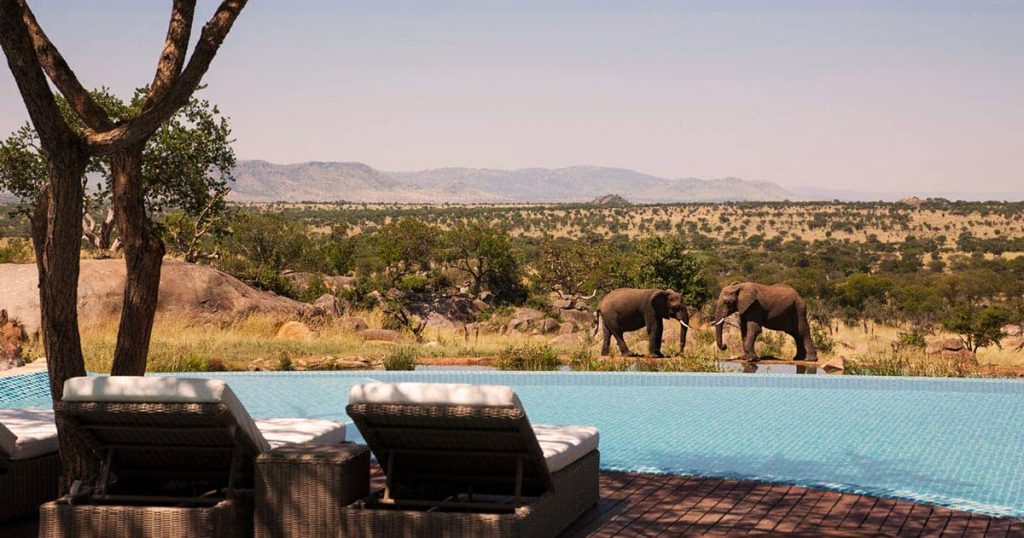
- Four Seasons Safari Lodge Serengeti: Luxury with infinity pools overlooking watering holes. Elephants and buffalo often wander within view while you relax poolside.
- Singita Grumeti Reserves: Ultra-exclusive lodges with conservation at their core. Stays directly support anti-poaching efforts and community initiatives.
- Nomad Tanzania Mobile Camps: A raw, immersive experience that moves with the migration. Tents are simple yet comfortable, bringing travelers closer to nature.
- Serengeti Serena Safari Lodge: Mid-range comfort with local architectural charm. Its design reflects traditional African styles, with sweeping views of the plains.
Spotlight: The Great Migration
No experience in the Serengeti is more awe-inspiring than witnessing the Great Migration. Imagine standing on the edge of the Mara River as thousands of wildebeest surge forward, hooves pounding the earth, dust rising into the sunlit air. Crocodiles snap below the surface, while lions wait along the banks—yet the herds push on, driven by instinct and survival. It is a spectacle that blends danger, determination, and sheer natural theater.
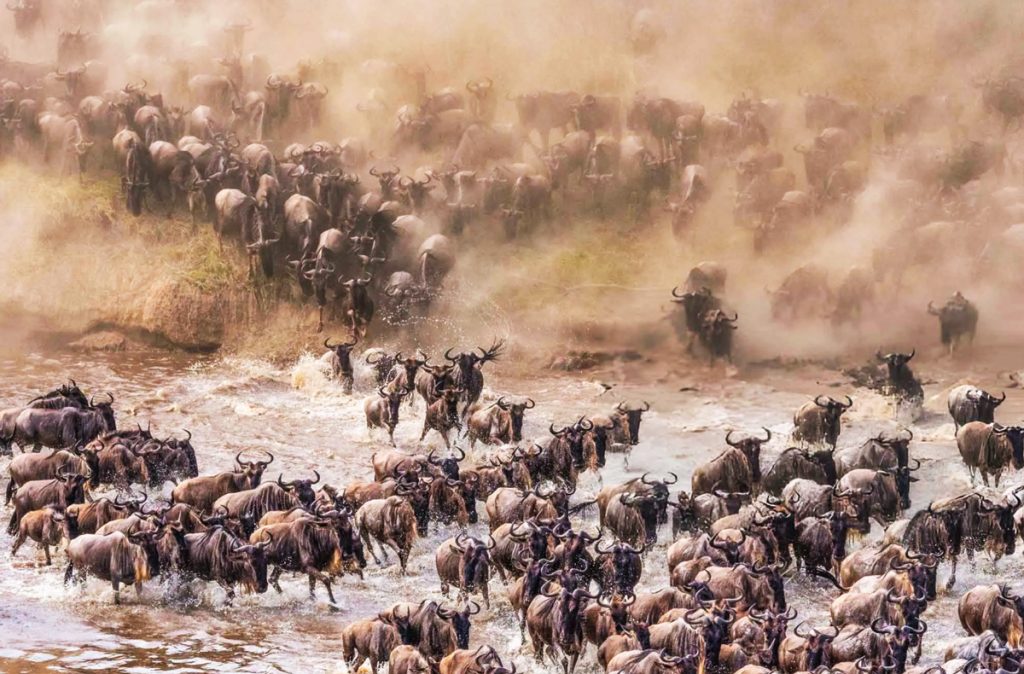
What makes the migration extraordinary is its endless cycle. Depending on when you visit, you might see the calving season in Ndutu, the dramatic Grumeti River crossings, or the final push into Kenya’s Maasai Mara. Each stage reveals raw, unscripted drama, a living reminder that the Serengeti remains one of the last great theaters of the wild. No matter the season, there is always something happening, a constant motion that embodies the resilience of life itself.
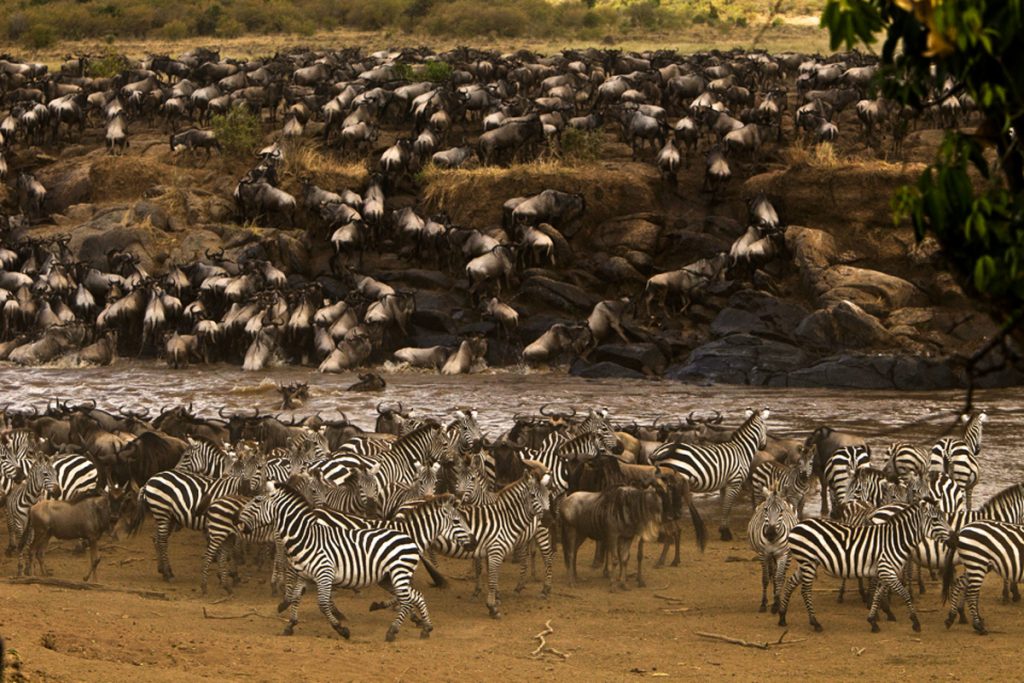
For travelers, the migration is more than just a sight—it’s a feeling. It is the collective gasp when herds leap into crocodile-filled waters, the quiet awe of watching a newborn take its first steps, and the humbling realization that this cycle has repeated for millennia. To witness it is to understand why the Serengeti is not just a place, but a living, breathing wonder of the world. For many, it becomes the pinnacle of their travels, a once-in-a-lifetime encounter that lingers long after they’ve left the plains behind.
Day Trips & Excursions
The Serengeti pairs seamlessly with other East African highlights, creating a journey that’s as diverse as it is profound. Venturing just beyond its borders reveals even more layers of culture and wildlife. Every excursion deepens the sense that you are traveling through one of Earth’s last great wilderness corridors.

- Lake Victoria: Visit fishing villages and enjoy birdlife along Africa’s largest lake. The lake also supports vibrant local economies and is a hub of cultural life.
- Ngorongoro Crater: A nearby geological wonder packed with wildlife. Its lush interior is home to endangered black rhinos, flamingos, and countless herbivores.
- Balloon Safari Excursion: A unique way to see the Serengeti from above. Flights typically last an hour and offer views that stretch to the horizon.
- Tarangire National Park: Famous for its giant baobabs and elephant herds. During the dry season, its river becomes a vital lifeline, attracting wildlife in large numbers.

Final Thoughts

The Serengeti is not just a destination—it’s a reminder of what the world was like before fences, cities, and noise. Standing on those endless plains, hearing the calls of lions at night or watching the sun bleed across the horizon, you feel small yet profoundly connected. Whether you come for the Great Migration, a quiet balloon ride at dawn, or to learn from the Maasai, the Serengeti offers not just travel but perspective: a timeless invitation to witness life as it has always been.







